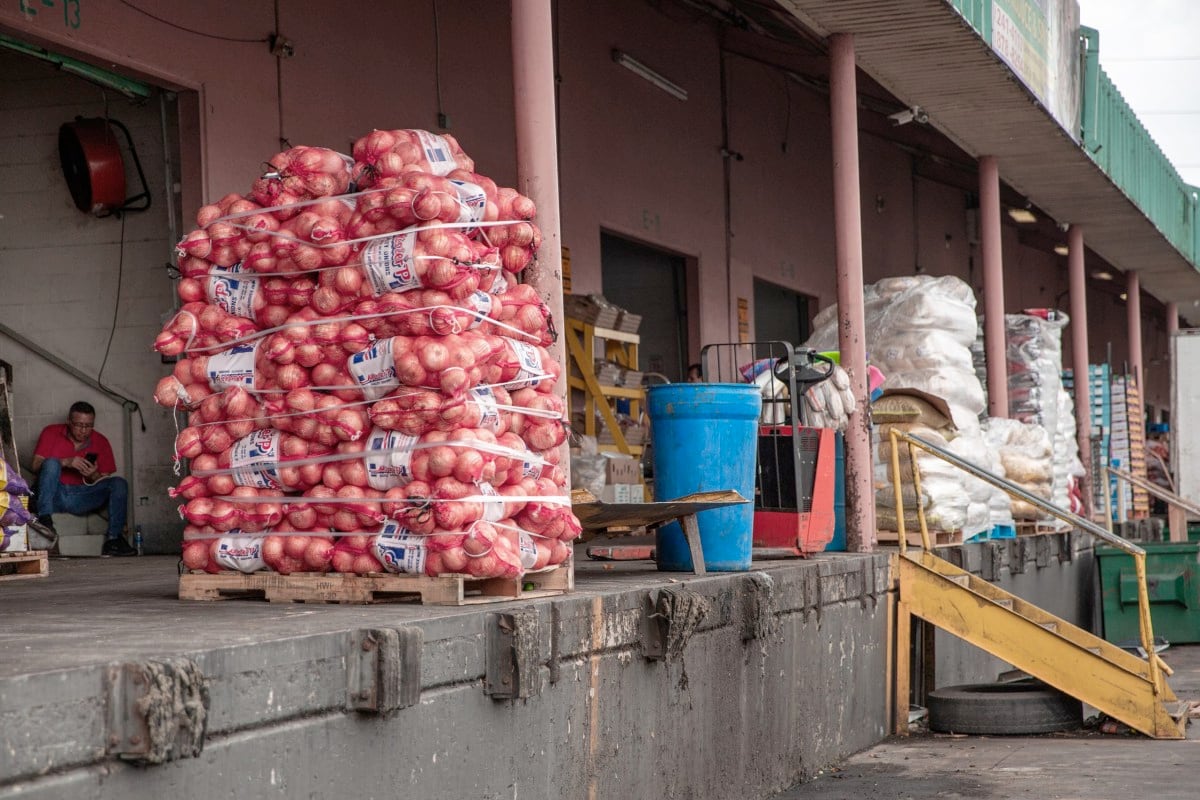Nothing says “fiscal responsibility” like cutting off food aid to 3.5 million Texans right before grocery day. Thanks to the second-longest government shutdown in U.S. history, families who rely on SNAP — that’s 12% of all grocery sales nationwide — are about to find their debit-like cards as empty as the promises that caused this mess. The USDA says if the shutdown doesn’t end by Monday, no SNAP money will hit Texas accounts on Saturday. Translation: people go hungry, grocers lose money, and small-town stores start circling the drain.
In Lubbock County alone, 16,871 households — about 38,000 people, including 18,500 children — depend on SNAP benefits, totaling roughly $6.3 million in aid each month. The average household gets $376, which doesn’t stretch far when eggs cost more than gas and rent eats the rest. Pull that lifeline and you’re not just starving families — you’re starving the local economy that depends on them to buy food in the first place.
Industry folks call it a “demand shock.” Texans call it “Tuesday.” Local grocery consultant Gary Huddleston warned that once SNAP money stops, it’s not just families feeling the hit — it’s store shelves, supply chains, and eventually jobs. Big-box chains like H-E-B might weather it, but small-town grocers in West Texas? They’re about to learn how fast “food desert” turns into “ghost town.”
Economists from UT chimed in to say the quiet part out loud: when people can’t buy food, the economy suffers. SNAP brings $614 million a month into Texas grocery stores. Without it, stores won’t just lose sales — they’ll lose employees, deliveries, and maybe electricity if things go long enough. And since food’s not optional, families will cut back on clothes, medicine, and entertainment. But hey, at least we’re fighting inflation… by not eating.
So what’s the state plan when the grocery stores close and the food deserts expand — build more Buc-ee’s and hope people learn to forage in the jerky aisle?

